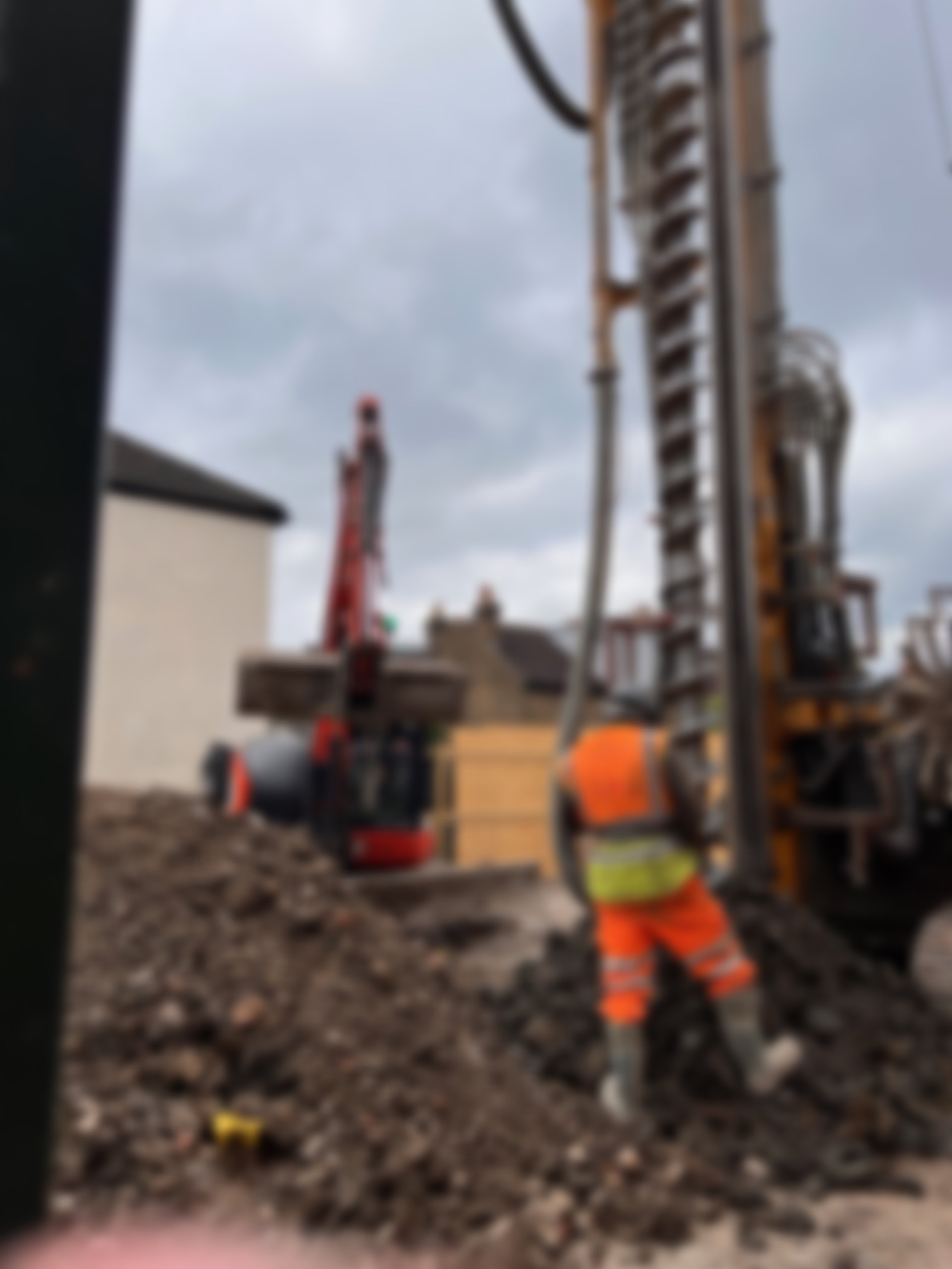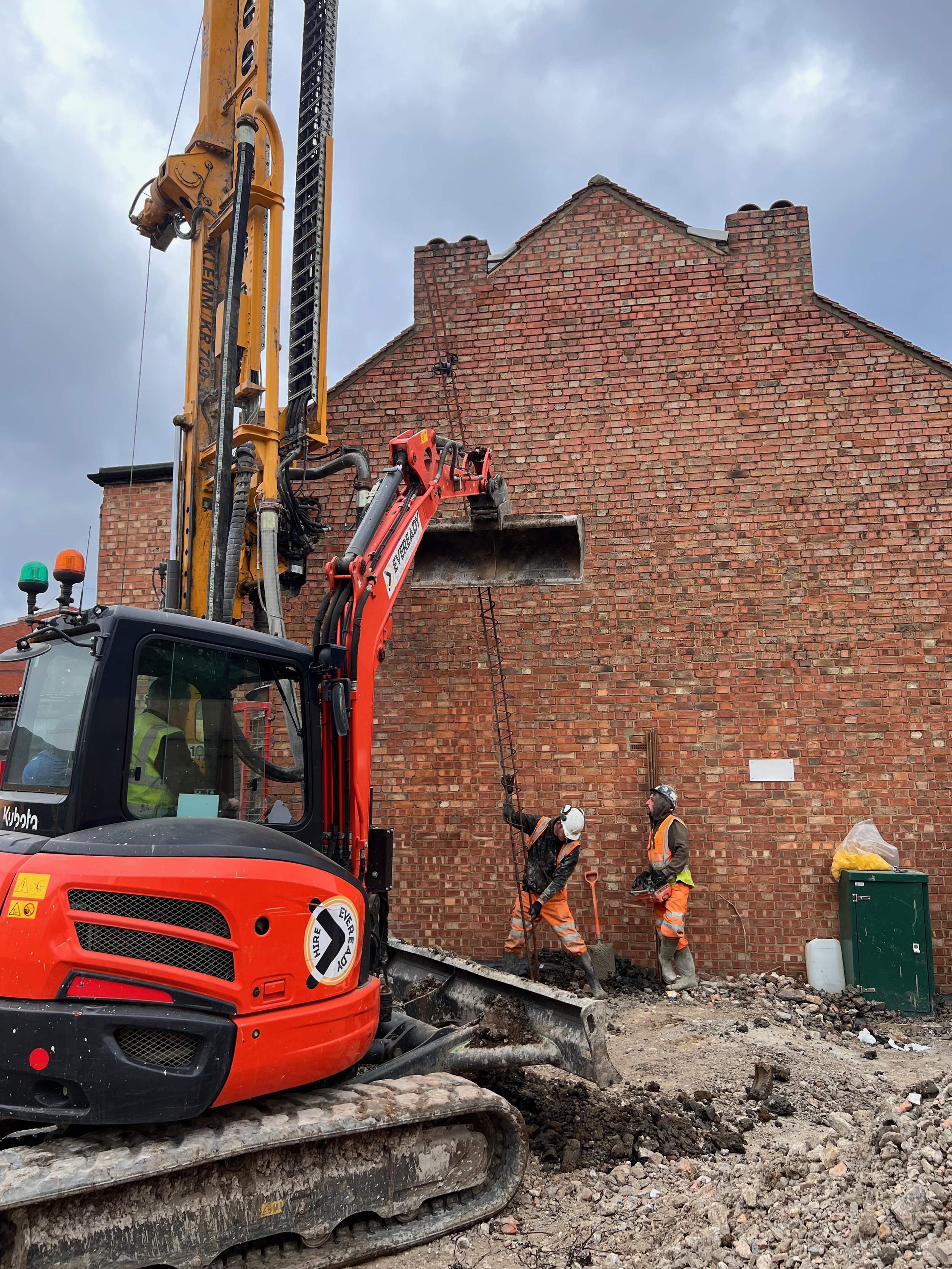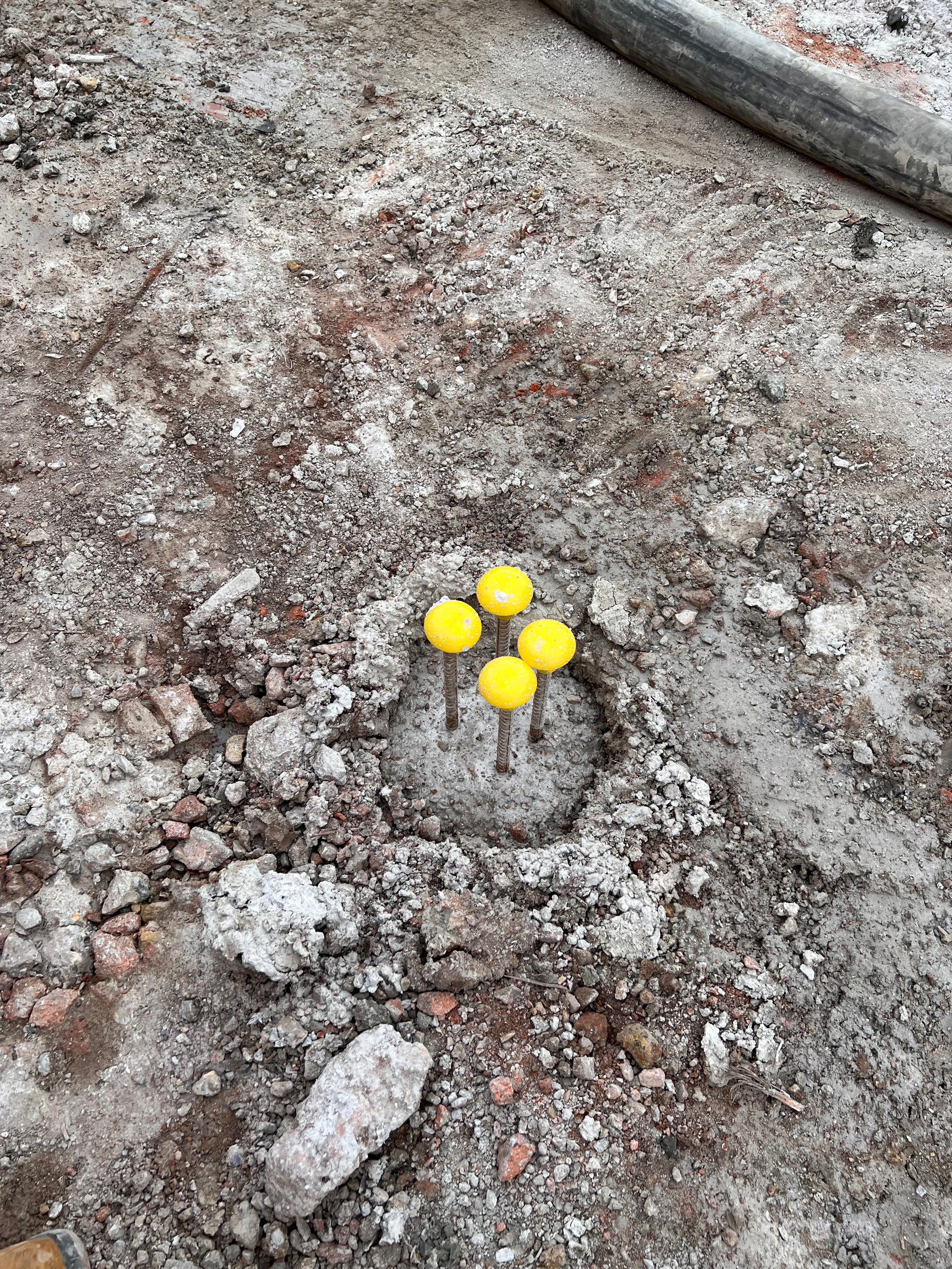
CHAPTER SIX
“PILING COMMENCES”
CHAPTER SIX “PILING COMMENCES”
Piling forms the strong and stable foundation upon which remarkable structures rise, and understanding this process unveils the essential first step in the construction journey.
The Basics of Piling
Piling is the technique of creating deep, vertical columns known as piles beneath the ground's surface. These piles serve as sturdy supports that anchor buildings, bridges, and various structures. The process involves driving or drilling these piles into the ground until they reach stable soil or rock layers, ensuring stability against the forces of nature and the loads the structure will bear.
Types of Piles
Different projects and soil conditions call for various types of piles. Here are a few common types:
Driven Piles: These piles are forcefully driven into the ground using heavy machinery. They're often made of concrete or steel and are particularly useful in areas with dense soil or rocky terrain.
Bored Piles: Bored piles are created by drilling a hole into the ground and then filling it with concrete or reinforcing it with steel. This technique is employed in areas with softer or more variable soil.
Screw Piles: These piles resemble large screws and are twisted into the ground. They're ideal for sites with challenging soil conditions or limited access.
Ensuring Stability and Strength
Piling serves multiple purposes, with stability being paramount. By reaching deep into the earth, piles provide a secure foundation that resists the pressures of settling, lateral movement, and external forces like wind and earthquakes. This solid base allows structures to stand tall and firm, even in the face of adverse conditions.
Precision and Expertise
Piling is a task that demands precision and expertise. Engineers and construction professionals carefully assess factors like soil composition, structural load, and site conditions to determine the appropriate piling method and materials. The accuracy of these decisions directly impacts the longevity and integrity of the structures above.
Advancements in Piling Technology
Just as construction techniques have evolved, so has piling technology. Modern piling methods incorporate cutting-edge machinery, tools, and materials. Innovations like computerized monitoring systems and eco-friendly piling methods contribute to more efficient and sustainable construction practices.
Conclusion
Piling may occur below the surface, but its impact is undeniable. It's the hidden hero that ensures our buildings, bridges, and infrastructures can reach for the sky with confidence. The next time you walk past a construction site, take a moment to appreciate the significance of piling—the unsung foundation that makes architectural dreams a reality. After all, every towering achievement begins with a solid base.






